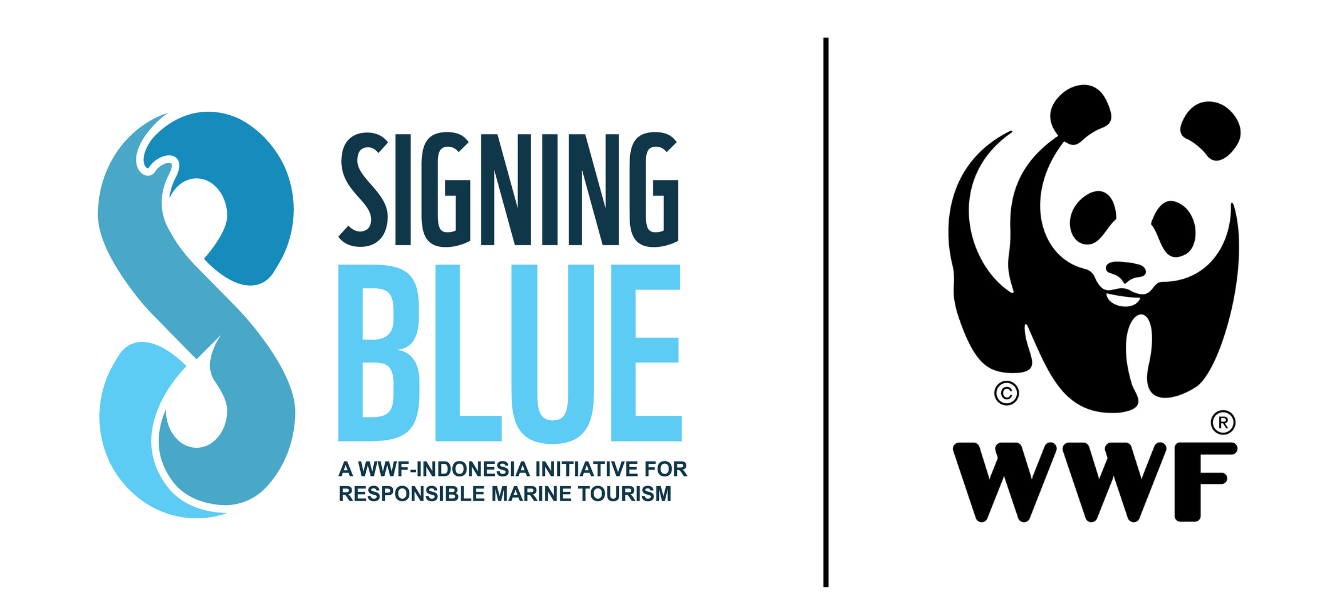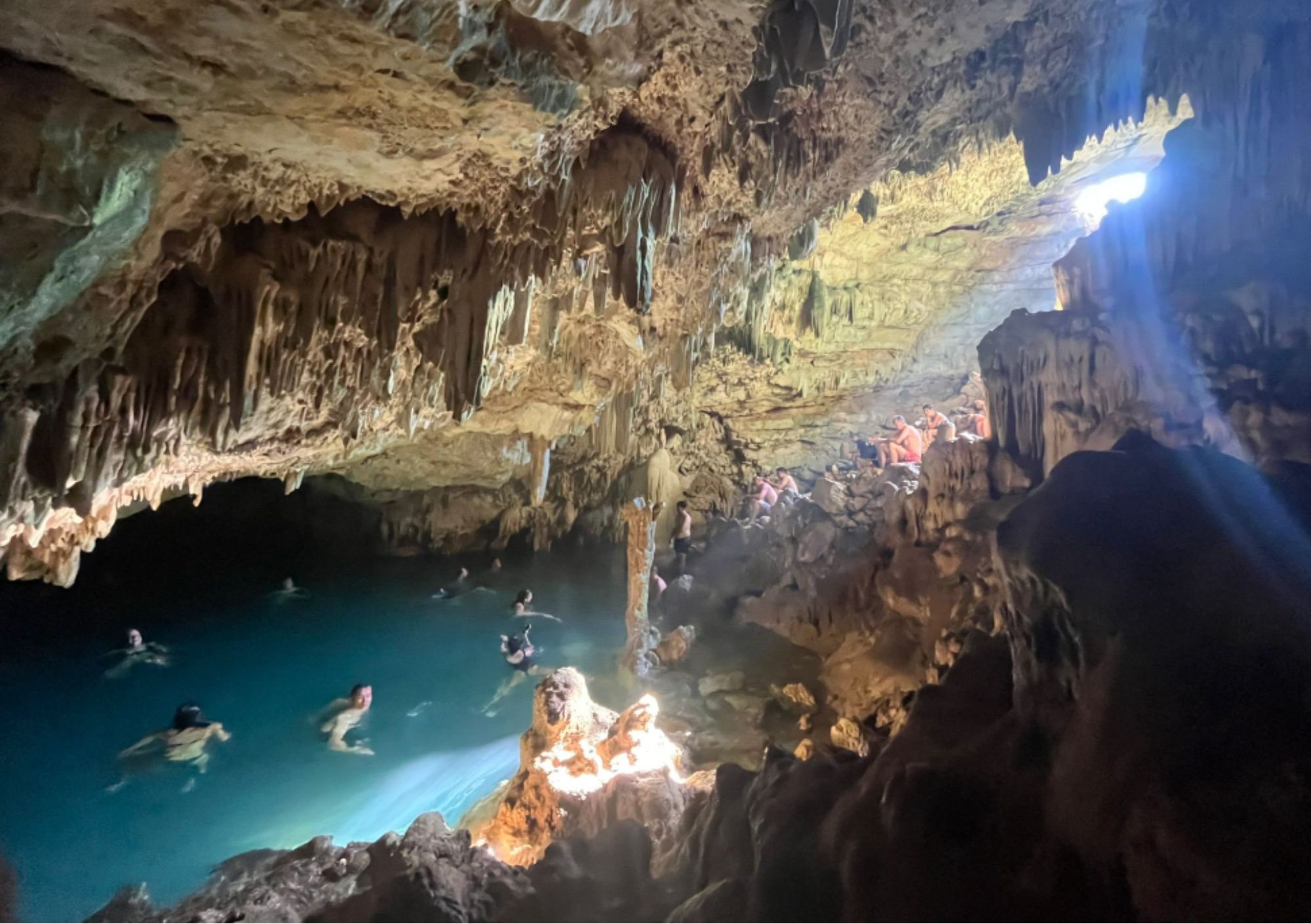Rangko Village: Safeguarding Its Beauty, Saving Its Hope
In a quiet corner of Labuan Bajo, East Nusa Tenggara, Indonesia, lies a small village that holds extraordinary natural charm—from its rugged landscapes to the depths of its seas. Its name: Rangko Village. This tiny settlement is home to one mesmerizing icon—Rangko Cave. Since its discovery, the cave has captivated every visitor with its crystal-clear saltwater pool and stalactites that hang like nature’s intricate carvings.
Yet such beauty cannot endure without the care and love of those who call this place home. With that spirit in mind, and on the recommendation of the local Tourism Office, the community formed the Rangko Tourism Awareness Group (Pokdarwis Rangko) in 2018. The group was established with a core mission: to ensure sustainable tourism in Rangko, especially in managing the conservation of Rangko Cave.
The impact has been visible. Tourist visits to Rangko Cave have steadily increased, with nearly 1,000 visitors annually, around 90% of whom are international travelers. This growing interest is fuelled by the cave’s unique appeal and natural beauty. For those seeking the best experience in Rangko, the ideal time to visit is between March and August, when the weather is stable and sea conditions are more favourable.
Over time, Pokdarwis Rangko has expanded its reach, embracing more local attractions. Today, Rangko is known not only for its famous cave. In collaboration with WWF-Indonesia, the community has introduced access to other stunning destinations such as Batu Dua snorkeling area, rich with colorful marine life; Pasir Timbul, a sandbar that appears to float in the middle of the blue sea; Gua Intan, a cave that holds silent natural wonders; Toroh Mirah Beach, with its enchanting coastal colours; and Nanga Lumu Mangrove Forest, a vital habitat for coastal ecosystems.
Among these treasures, one activity has emerged as a new highlight of Rangko’s tourism experience: kayaking through the mangrove forest. This activity offers a peaceful, enjoyable, and educational journey, where visitors can witness firsthand the uniqueness of mangrove ecosystems and learn about the importance of coastal conservation.
To enhance this experience, Pokdarwis Rangko partnered with Kayak Asia Indonesia, aiming to create a more professional, safe, and sustainable kayaking program. The goal is to ensure that visitors don’t just stop by for photos, but truly engage with, understand, and fall in love with the natural world of Rangko.
Beyond visitor experiences, Pokdarwis Rangko is also spearheading a vital initiative in collaboration with the village government: the development of a Village Regulation (Perdes) that will govern tourism management.
“Through this village regulation, we hope to involve all tourism operators in ensuring visitor safety and sharing accurate information about the destinations,” said Hanafi, Chair of Pokdarwis Rangko.
“It will also regulate boat transportation for visitors and include provisions on marine protection, especially in the coastal areas of Tanjung Boleng Village.”
More than just a tourism destination, Rangko Village is now part of Tanjung Boleng Village’s journey toward recognition as an OECM (Other Effective Area-Based Conservation Measure)—a status that honors effective conservation efforts beyond formally protected areas. This initiative is driven by strong collaboration between local government, village authorities, community groups, and WWF-Indonesia.
However, the path is not without challenges. Public education remains a key hurdle, particularly in introducing the concept of conservation areas to local communities.
“We’ve conducted outreach with WWF-Indonesia in Tanjung Boleng, but not everyone fully understands yet. Some still view the sea as private property, whereas in reality, there are legal mechanisms governing marine tenure,” explained Robertus Eddy Surya, Head of the Provincial Marine and Fisheries Agency for East Manggarai, Manggarai, and West Manggarai.
“This becomes a challenge, as some fishermen feel their space is being restricted.”
He also stressed the importance of aligning conservation policies with provincial regulations. If an area holds conservation potential, the approach must convince communities that it can still be used sustainably, as long as it is properly managed and organized.
For the people of Rangko, OECM is not just a conservation label—it is hope. Hope that every corner of their village will remain intact, and that each resident can continue to live in harmony with the nature they so lovingly protect.
Pokdarwis Rangko stands as a guardian of this dream, preserving heritage and proving that tourism and conservation can go hand in hand. In Rangko, the future is being built—one paddle stroke, one step, and one warm smile at a time.

